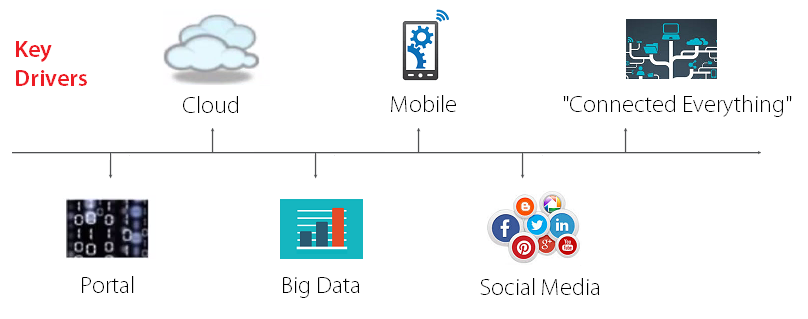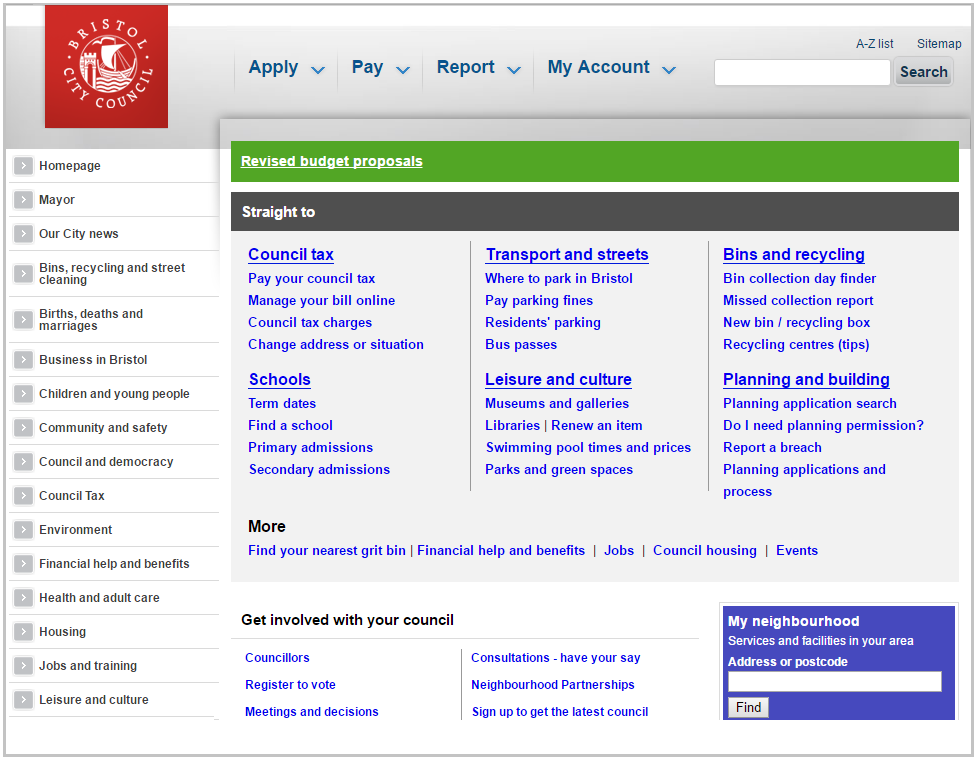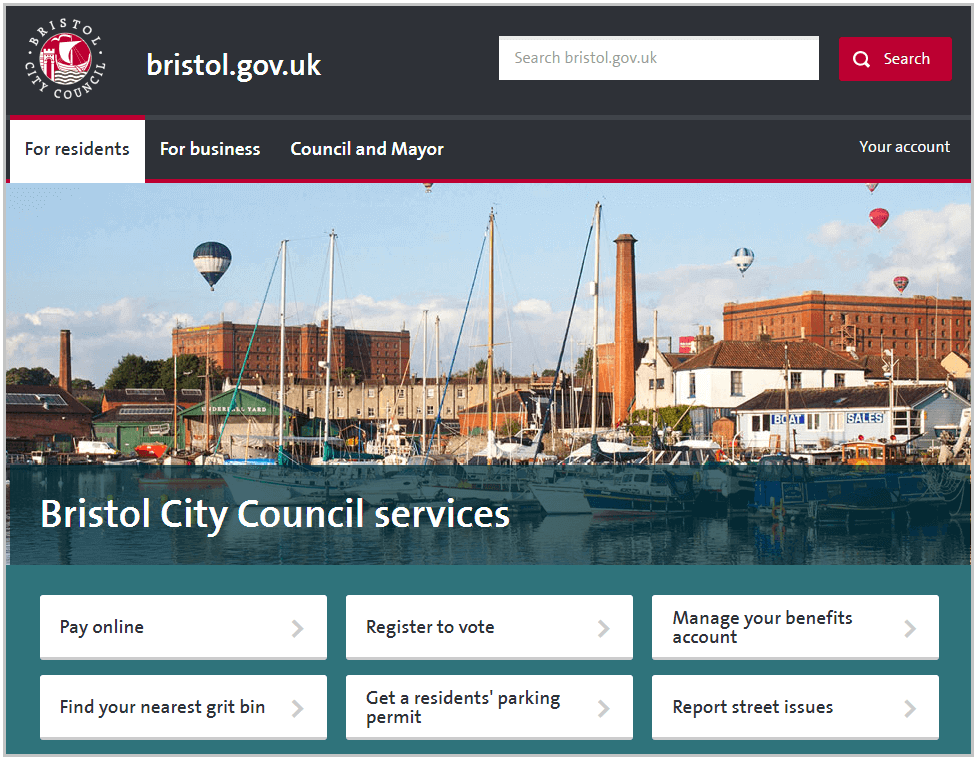Paul Thompson, Executive Director, and Matt Fulford, Chief Technology Officer at PFIKS DIGITAL INNOVATION, presented a webinar on the impact of digital transformation, referencing the work they have done with Bristol City Council and the Accelerator Solution for Digital Cities they have subsequently developed. The following post is based on a transcript of their presentation.
The concept of digital transformation has been around for a long time. In fact, over the past four decades, the world has witnessed key markers of digital transformation.
Back in the late 60s, mainframes emerged and revolutionized the ability to do customer billing, data processing and resource planning. In the late 80s to early 90s, the revolution was driven by desktop technology and application-specific hardware, which had a big impact on logistical chain management. Then, in the late 90s, we witnessed the rise of the world wide web, which changed the face of business and culture while providing opportunities for brand new sales channels.
Now, we're seeing a new wave of transformation opportunity in public administration arising in 2016—it's the concept of a digital city. Public service teams throughout major cities are using technology to improve basic services and meet the needs of local residents. This means new ways of communication and connectivity to make an impact in schools, hospitals, libraries, public transportation, water supply, waste management, and more.
What Defines a Digital Transformation?
Digital transformation is a disruptive, not evolutionary, process. It's not simply a matter of implementing new technology, but it involves a holistic shift in operations and strategy. It's a dramatic change or initiative that usually contains five major steps:

Those are some of the fundamentals that public authorities should strive to attain in a review of their business strategy. Lack of alignment in any of these areas can lead to misguided efforts and false starts. But companies that can achieve all five tend to come out with good results in digital transformation.
Technologies & Techniques That Create a Digital City
The digital city movement is due in large part to the convergence of several technologies that were developed over the years. Here's a quick look at some of those impacting technologies for both companies and digital cities:

- Portal Technology - With portals, you can provide personalized engagement, personalized multi-channel experiences, mobile-first design, and unified experiences throughout the entire customer lifecycle.
- Cloud - The cloud enables the possibility to virtualize and consume infrastructure and platforms, provide applications, and services with levels of scalability.
- Big Data (Analytics) - Given access to large amounts of data, companies now have greater insight and information to make good decisions about how to maximize business operations/strategies.
- Mobile - Since the advent of mobile, people have transformed the way they use the internet, consume information, collaborate and work, thus impacting all areas of business and personal life.
- Social Media/Collaboration - Associated with mobile, social media enables new ways of working, drives new expectations of interactions and personalization, and helps in building relationships both in and outside of an organization.
- "Connected Everything" - Connected devices and all kinds of sensors are being implemented everywhere (i.e., planted around the city), which creates massive amounts of data that needs to be properly gathered.
Along with the evolution in technology, there have been a number of techniques and emerging trends that have impacted software development over the past few years.
- Agile Development - Methods where teams are interested in building quickly, testing what they have, and working very rapidly. Agile is changing the way products are actually built and delivered.
- Digital Design - The research and tools which are now available are pretty extensive and helps to create user-focused services.
- Automated Testing - Saves time and money at the end of the day, and speeds up the process of delivery.
Bringing It All Together: Bristol City Council Showing the Way
Bristol City Council has been a leader in bringing the above technology and techniques together to help transform the way they deliver public services to the community.
Just over two years ago, Bristol had employed a very basic structure to their web services. It was basically a CMS with a thin veneer of consistency that featured a lot of content people didn't need. There were various online applications, which resulted in many different experiences, data stores, logins and degrees of automation.

The first step in focusing a revised online service toward the needs of its customers was to discover what types of services and information people wanted to use and see. Research conducted by the Bristol team revealed seven key areas that people wanted to see improvements on. They included the following statements:
- Give me the information I need to help me deal with events in my life
- Enable me to apply, report and pay for things online 24/7
- Remember me and relate to me intelligently as a single organization
- Let me track progress openly online
- Give me the tools that enable me to assess my own needs
- Let me tell you what services are performing well and how they can be improved (feedback)
- Connect me to people who have similar needs and engage with us to help re-design services
A new online web service was developed utilizing PFIKS WebWorXX product, a Liferay application accelerator that was tailored to the needs of Bristol City Council and its citizens. The platform was built around the GDS core design principles, through an iterative user-centered design approach. PFIKS used responsive-design techniques throughout the user interface, ensuring the service provider an equal level of usability on mobile devices and regular desktops.
Liferay was acquired to build and support a service that was much more efficient and user-friendly. The portal offers a consistent UX and delivers consistent services end-to-end. The end result was a platform that delivered new digital services through various channels. It allows Bristol City Council to become more flexible and adopt new features while providing the citizens with a simpler, more relevant digital city experience.

We credit Bristol City Council’s internal culture for much of their success in driving digital transformation. They were unafraid to adopt new things, and most importantly, focused on putting citizens at the center of the discussion while listening carefully to feedback and criticism. Thus, resulting in a cutting-edge platform that is impacting both the organization and the community it serves.
-----
PFIKS has now packaged a version of its WebWorXX accelerator specifically for Digital Cities based upon its experiences with Bristol City Council. It offers other local authorities a common set of components, applying common UX patterns and templates, providing integration across data stores and a consistent degree of automation. In this way, local authorities can accelerate the delivery of their digital services.
PFIKS is a digital innovation company based in London and Leeds, offering a unique integrated approach to the design, build, operation and maintenance of digital services for public service organizations. Visit their site to explore more of the Bristol City Council case study.
How Can You Transform Your Digital Service Solution?
Visit Our WebsiteDescubre cómo crear una solución que se adapte a tus necesidades
Planta 1ª. Módulo B
Madrid 28046
Spain
+34 91 7336343